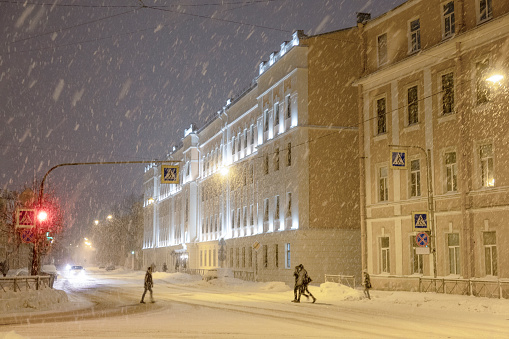In the event of a severe storm, you should seek shelter as soon as possible. If possible, go inside a sturdy building or lie flat in a low-lying area. You should also secure outdoor items such as lawn furniture, patio furniture, and even your car in a carport. Lock all doors and windows and turn off all fans. If you live in a high-rise building, choose the lowest floor for shelter.
36-hour lead time
A public storm warning signal #1 (PSWS) is issued by the Met Office 36 hours before a tropical cyclone is expected to make landfall. The warning will advise people to evacuate if they live near the storm’s path. Coastal areas and waterways are particularly hazardous during a storm. People should avoid using small boats in a storm, as they could become trapped. In addition, disaster preparedness agencies should notify residents and schools about the storm’s imminent arrival.
Impact on emergency management
Public storm warning signals are a vital part of emergency management planning. They alert residents of impending storms up to 36 hours in advance, giving them ample time to prepare for evacuation. With this information, residents can plan to evacuate quickly, secure loose items, and gather disaster supplies. These warnings also provide a way for local disaster preparedness organizations to inform residents of emergency preparedness plans.
Significance
Public storm warning signal #1 (PSWS #1) is issued by forecasters up to 36 hours before a tropical cyclone is expected to make landfall. These storms can be extremely dangerous and can cause widespread damage and disruption. They can be accompanied by wind gusts of up to 120 km/h and up to three feet of rain. If you live in a coastal community, it is crucial that you follow the storm warning signal.
Precautions
A public storm warning signal is a great tool for emergency planning, especially if you live in a coastal area. These storm warning signs have saved many lives and have improved emergency preparedness across the country. To help you prepare, here are a few tips:
Impact on trees
If you live in an area that experiences intense wind conditions, you have probably heard about public storm warning signals. These warnings are issued by PAGASA, the Philippine weather administration, and they can affect everything from pre-school classes to banana plants. In some locations, the first storm warning signal means a 36-hour warning before heavy rains and high waves. In others, a storm warning signal can be issued as early as twenty-four hours before a storm is expected to hit.
Impact on trees in a coastal area
A Public Storm Warning Signal is a warning about severe weather conditions that are coming your way. The signal will be displayed on the outside of your building, and it will tell you to take shelter inside and avoid going outside. Often, people don’t realize just how much a storm will affect their neighborhood until they are there. Even small trees can be uprooted by powerful winds, and the entire area can be dangerously windy. Furthermore, extreme winds can cause tremendous sea conditions, which could affect communication services and electrical power.
Impact on trees in inland areas
When a public storm warning signal is issued, it is an early indication that a major storm is about to strike. The warning will advise residents of the storm’s projected path, intensity, and winds. This will help them plan their evacuation and prepare for possible damage. They can also stay home and take shelter if necessary.
Read Also: Lifeexmedia

